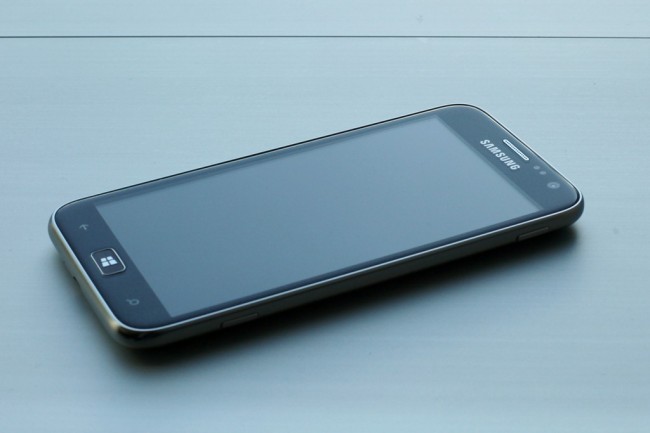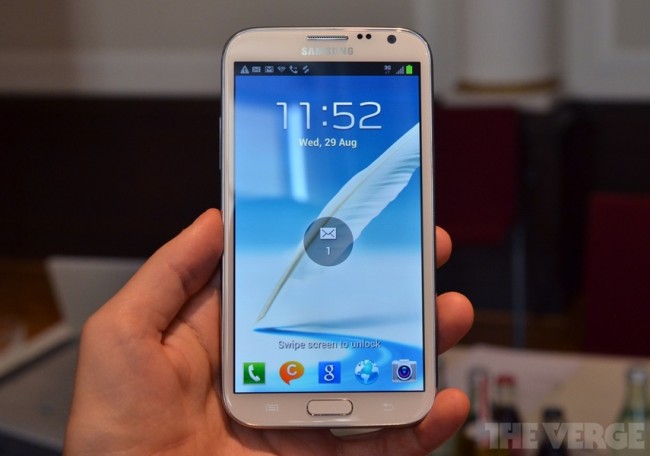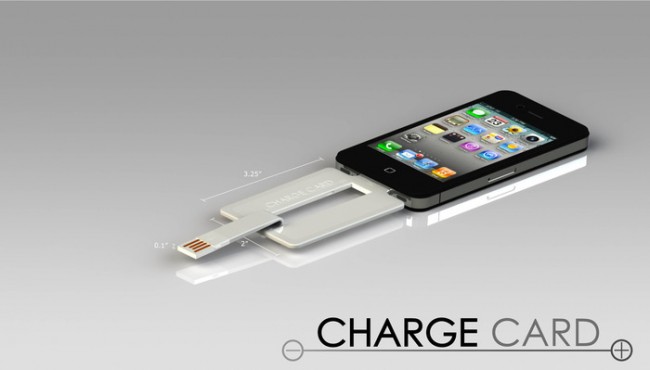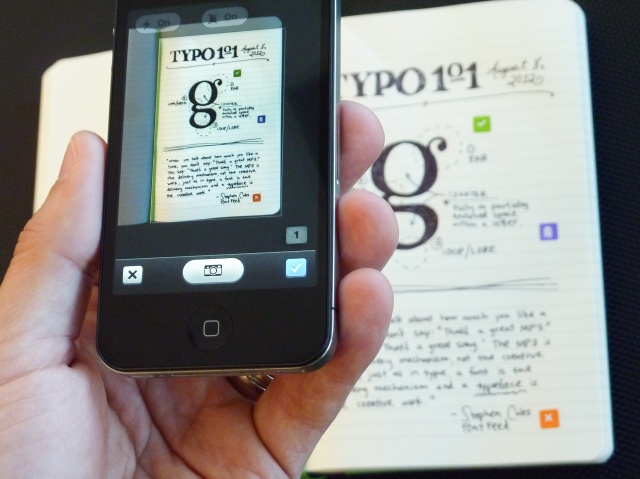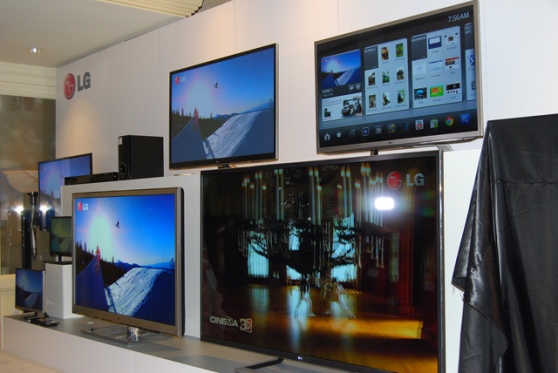Samsung has revealed the first Windows 8 powered smartphone at IFA. The new smartphone is called the Samsung ATIV S. Specs have also been revealed which show the device is just 8.7mm thin. It has a brushed aluminium chassis along with a 4.8 inch HD Super AMOLED display. The glass on the front is provided by Corning and is the new Gorilla Glass 2 which is thinner but stronger than the previous generation of glass.
Samsung Galaxy Note II made official – runs Jelly Bean and has a 5.5 inch display
Samsung have announced the launch of Galaxy Note II at IFA. The new smartphone/tablet is the next generation of the original Note launched last year. The new model has a larger 5.5 inch screen and runs the latest Android operating system which is Jelly Bean. Other specs inside include a 1.6GHz quad-core Exynos processor.
iPad mini estimated build cost is $189.32
Well, I can’t say I expected to see something written about the build costs of the un-announced and only rumoured iPad mini… but today, I see that someone has added together the cost of all the leaked parts and estimated that it will cost Apple $189.32 to built each iPad mini.
The iPad mini has been rumoured to cost $299 when launched… and I will add “if launched” to that as it has been rumoured each year since 2010 without being launched yet.
NASA Curiosity Landing on Mars video interpolated to increase frame-rate
You might have seen the video that NASA produced which showed the Curiosity being dropped from space down to Mars. The original was taken with a still camera capturing images 4 times a second. Although the results were impressive as they showed Curiosity being dropped down to the planet, they were still a bit clunky as the frame rate was extremely low.
One person, Dominic Muller, decided to use a technique on that video called interpolation. What that means is that the frame rate can be increased to make the video look smoother. This is achieved by putting artificial frame mixed in-between the regular real frames. The results in this case take it from 4fps to 25fps and with that, the video is also enhanced to show a bit more detail and look a little less dull.
NFC for iPhone 5 is now considered unlikely
A few days ago an picture of a front panel on an iPhone 5 went around the web. This particular image had a picture of a square device at the top right (when looking at the panel from the back). Matching it up to an earlier patent that Apple filed as well as some speculation based on Passbook being added to iOS 6, many people, including me, mentioned that NFC could be coming to the iPhone 5.
Well, AnandTech has commented that NFC is unlikely. The reason for this is how the iPhone 5 has been built. If all the leaked parts are official then the back of the iPhone will have a metal and glass back. The glass portions at the back are classed as RF windows which can let radio waves through. But, as they are quite small it is unlikely that NFC built in to this configuration will work correctly.
Mars GigaPan image uploaded for your perusal
The image below is a collection of images taken by the Curiosity rover on Mars. The view is 360 degrees and allows you to zoom closely in to rocks and even to the mountain seen in the distance.
iPhone 5 part with NFC chip spotted
I’ve mentioned before that I think Apple could add another unique feature to the iPhone 5 and that it might be NFC. My reasons for thinking this were that Apple gave the 4S Siri last year to make it a little more unique. When Apple [AAPL] announced iOS 6 they also announced Passbook which essentially uses the GPS/WiFi to track where you are and when at specific locations it loads up voucher codes, boarding passes and other items for you to have scanned in by a scanner. By adding NFC on the new iPhone, it opens up the possibilities of simply tapping your phone on a sensor (or hovering over it) to make payment or use a pass.
So, what appears next is a new part leak that appears to have some sort of NFC functionality embedded.
ChargeCard Kickstarter project triples its goal with time to spare
Although we didn’t cover the ChargeCard project on KickStarter when it first appears on July 18th… not sure why as it looks amazing! I see today that they have 63 hours to go at the time of writing this and have raised three times more than their goal of $50,000. At the moment they have raised $151,248 funded by 5,173 backers. Impressive numbers! That amount of cash puts them in the top 50 of all KickStarter projects ever funded.
Evernote partners with Moleskine and makes a Smart Notebook
Evernote has a few tricks up its sleeve at the moment. They already announced Evernote Business at a conference and also at that same conference they also announced Smartbooks in a partnership with Moleskine.
For those of you unaware of what Moleskine does, the company makes notebooks (the real paper type and not electronic type). The notebooks are used by a good number of people due to the high quality build.
Evernote of course is aiming to get rid of paper although Phil Libin himself (CEO of Evernote) commented that he still uses paper to take some notes.
Evernote for Business coming very soon
The very popular Evernote service will soon be opening up for business users. The aim behind the new product is to get small and medium sized businesses online, or even small businesses within a large business.
Evernote Business will work with groups of users who will have access to documents on the server. Each business user will have his or her private notebook area, but will also be able to tie in with the main business and share/edit documents stored more widely.
How the Facebook Android app can be fixed…
Here’s an interesting way on how Facebook can fix the Android Facebook app. The company has now insisted that employees use Facebook on Android devices so that they can see first hand how bad it is.
Forget 4K TV – Attention now on 8K
Well, just yesterday I wrote about the PlayStation 4 and it being a possibility of it supporting 4K resolutions (meaning 4096 pixels wide by however many vertical). Today in the news I now see that a company has built a few 8K cameras capable of capturing at an impressive 120 frames per second. The resolution is 7680 by 4320 pixels making each image extremely huge in size.
